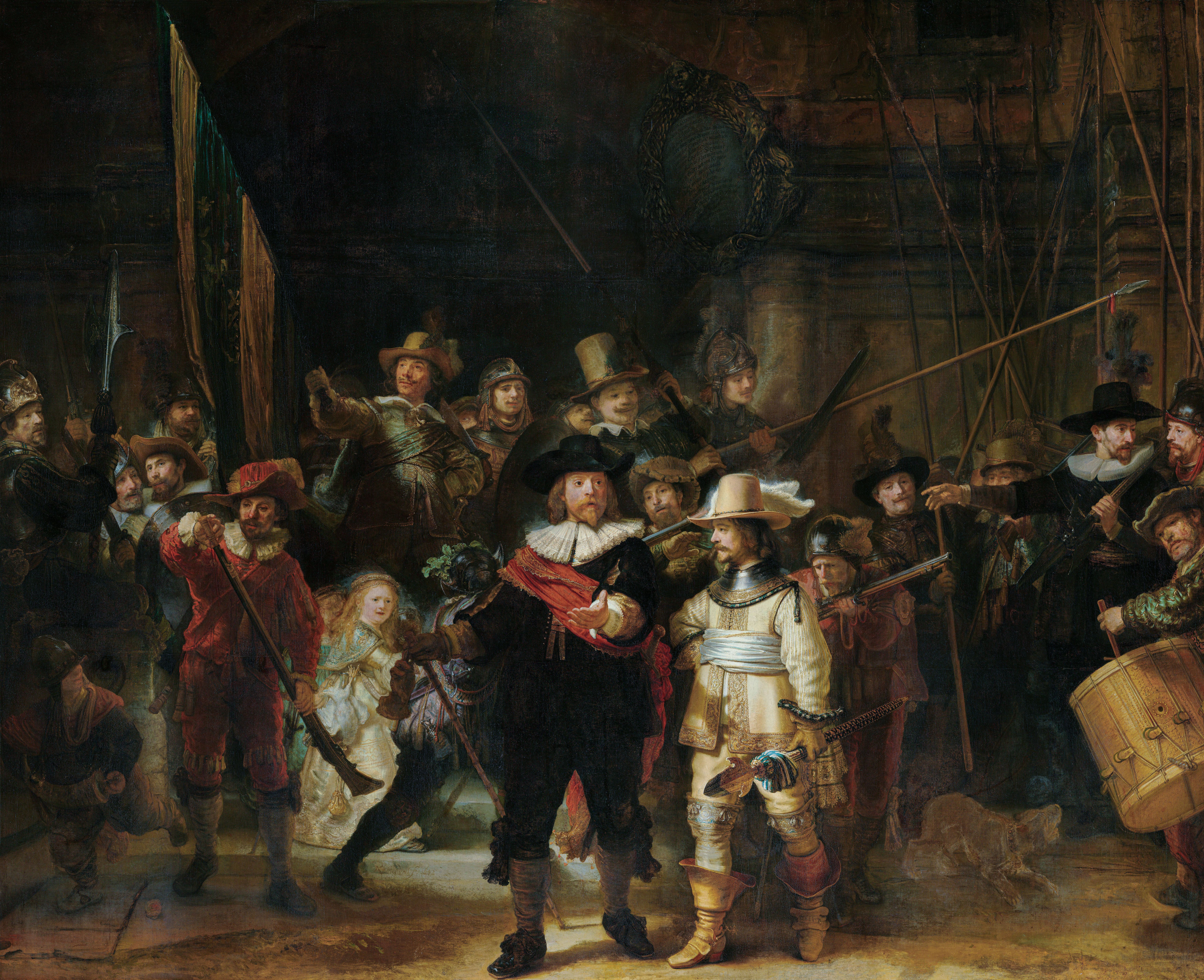Reflections from the Eastern Analytical Symposium
Is it a Rembrandt? Scientists tackling the toughest problems know the answers are never simple.
Rembrandt van Rijn (1606-1669) The Shooting Company of Frans Banning Cocq and Willem van Ruytenburch also know as The Night Watch, 1642. Oil on canvas, Rijksmuseum, Amsterdam

Rembrandt Harmenszoon van Rijn, is considered one of the great painters and printmakers of European art history. He was active during the Dutch Golden Age in the 17th century. Some of his most famous paintings include: The Night Watch (1642), The Jewish Bride (c. 1667), The Return of the Prodigal Son (c. 1669), and The Storm on the Sea of Galilee (1633).
In 1968, a team of historians created a research group dedicated to identifying the work of Rembrandt using the latest scientific techniques. The group, called the Rembrandt Research Project, sought to find a better way to distinguish between paintings by the prolific painter and his copycats, said Jeffrey Taylor, art advisor at Taylor Art Services and a partner at New York Art Forensics.
The Rembrandt project faced challenges, Taylor said, speaking at the Eastern Analytical Symposium in Princeton, New Jersey on November 13. The problem was that the artwork didn’t fit into neat categories – i.e., Rembrandt, or not Rembrandt. Instead, the historians found that there were works done partially by Rembrandt, and partially by his studio of assistants, with differences so subtle they could hardly distinguish between them.
“The art market does not like ambiguity,” Taylor said. “They don’t know how to price or value something that is partially by Rembrandt and partially by someone else. The art market likes simple yeses and noes.”
In science, much like art, the most critical answers lie in the space between what we know, and what we don’t. Many of the more complicated problems scientists are working to solve—such as the long-term impacts of per- and polyfluoroalkyl substances (PFAS) or the effects of the exposome—are complex and nuanced issues for which we have many more questions than answers. It's not easy to live in this space of ambiguity. But scientists dedicate their lives to answering these questions–and in turn improving the lives of others.
The theme of EAS this year was “Better Life with Analytical Chemistry” and many of the sessions focused on research that is poised to improve the lives of people around the world. The speakers covered PFAS, green chemistry, disease detection, food and environmental analysis, data integrity, and much more.
While shuttling between sessions, attendees passed a large back drop of a beach scene, fashioned with a chair and EAS towel for photo ops. Exhibitors boasted about latest technologies. That atmosphere felt lively, but also hopeful. At a time where much of the future feels heavy and uncertain, it was refreshing to be surrounded by people, who even in just a small way, are working to answer some of the world’s toughest questions.
But it’s never really that straightforward. Much like the Rembrandt Research Project, real research is messy and complicated and frustrating. Many of the scientists spoke about problems they encountered during experiments or confusing results—all challenges which were universally acknowledged to be normal bumps on the road. Nearly all the speakers mentioned where there are gaps in knowledge, or more to be examined. With every discovery, it seems, comes a new set of questions.
After 42 years of work, it was announced in 2011 that the Rembrandt Research Project would come to an end. The project published six volumes of A Corpus of Rembrandt Paintings.
Today, scientists have gotten better at determining the difference between Rembrandt’s work and that of his students—mostly thanks to analytical technologies. But there will always be a push for better techniques to help determine exactly what is, and isn’t, a Rembrandt.
“Most people want an authority who says this is a Rembrandt, and this is not a Rembrandt,” Taylor said
But, as any good scientist knows, it’s never really that simple.
The Single-Bullet Theory Comes to New York – But Was it a Direct Hit?
November 22nd 2023Pete Diaczuk of John Jay College of Criminal Justice gave a recollection at EAS 2023 of a case he worked on in Manhattan involving a victim fatally shot, incomplete ballistic evidence, and the wrong gun recovered at the scene.